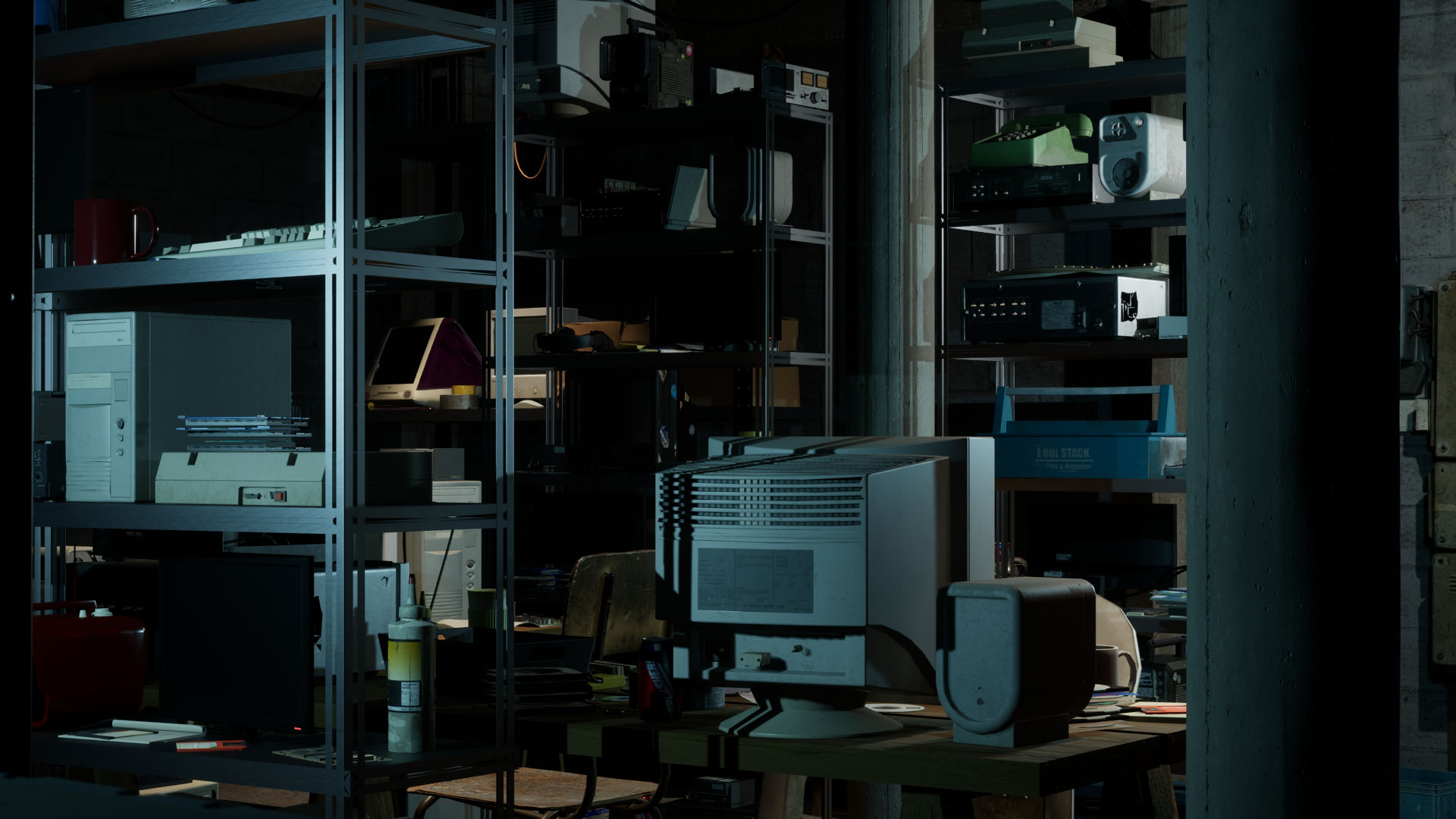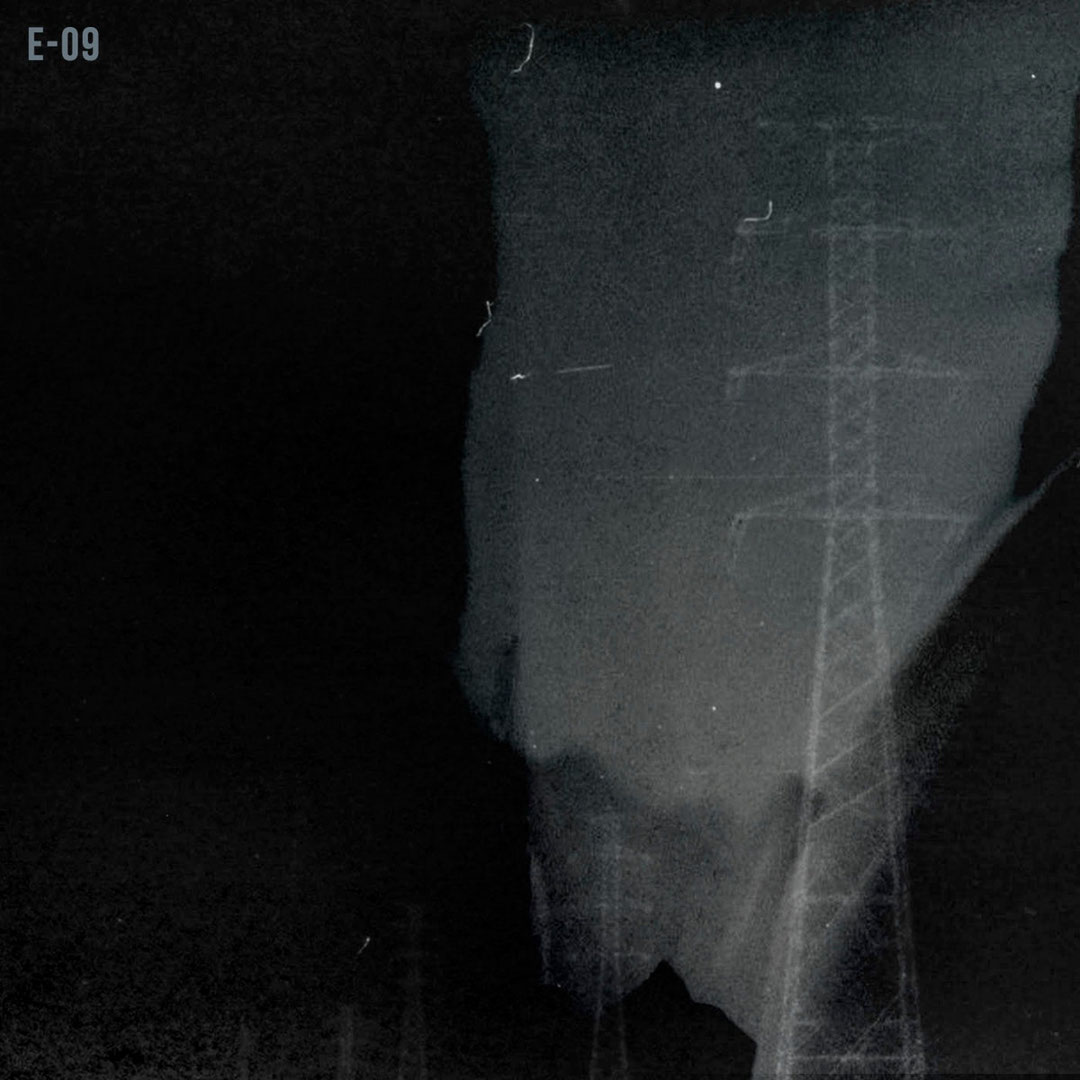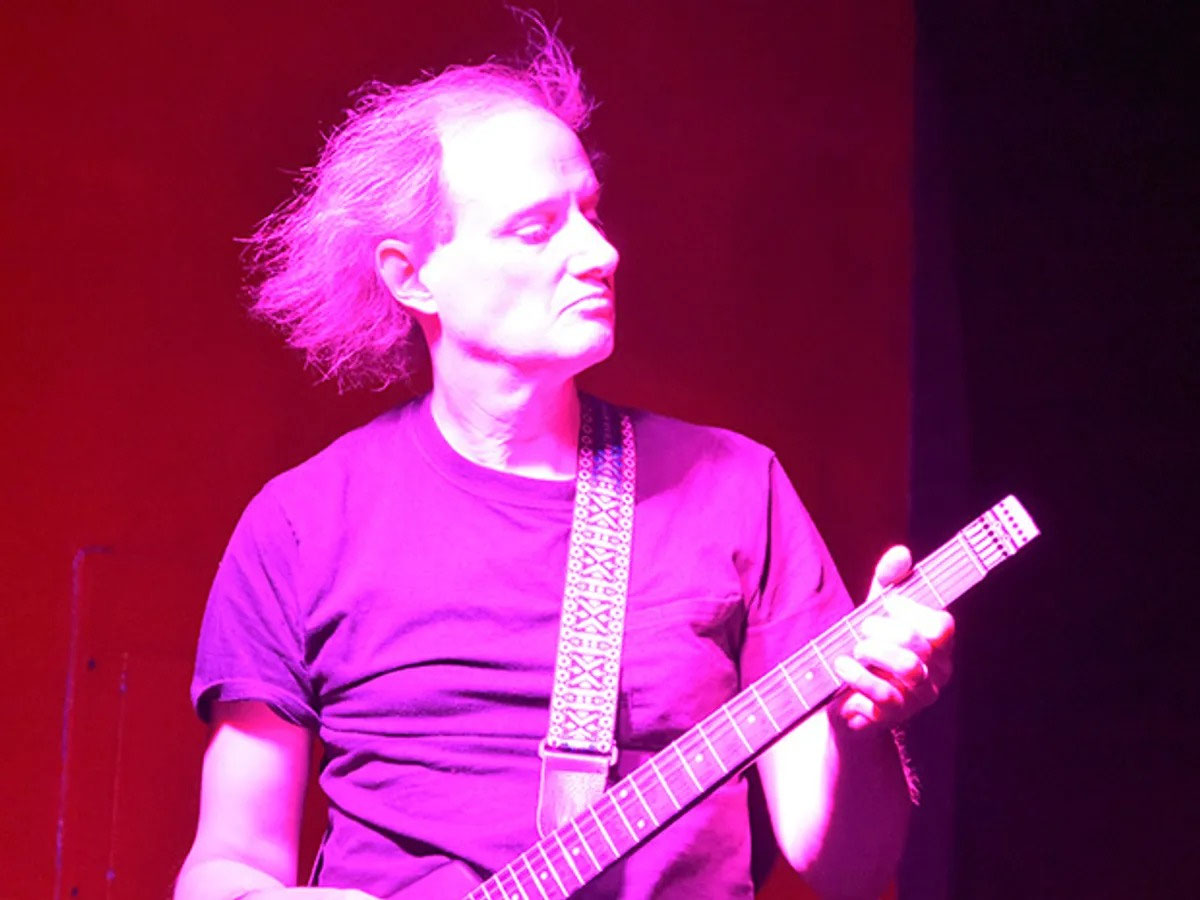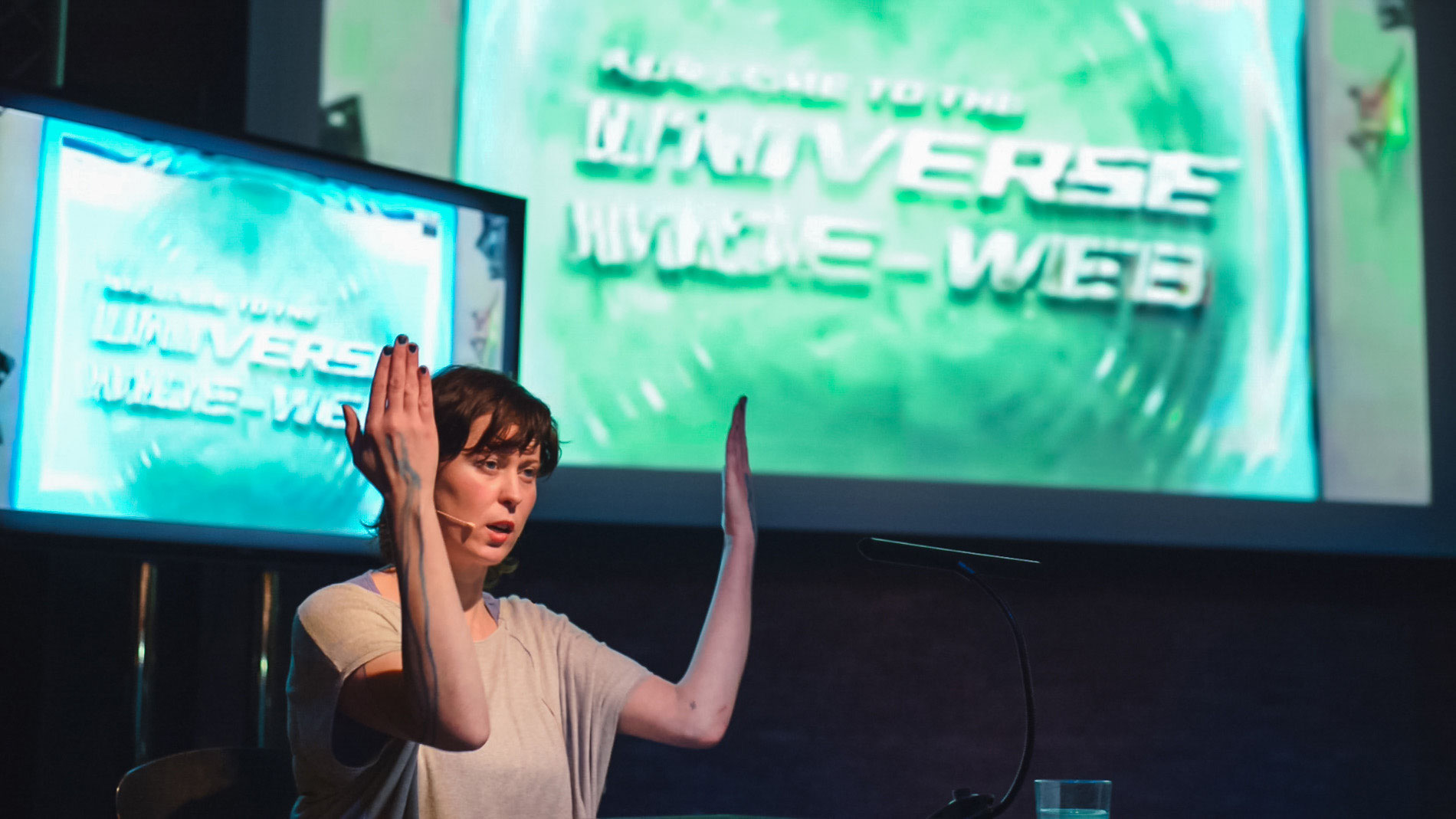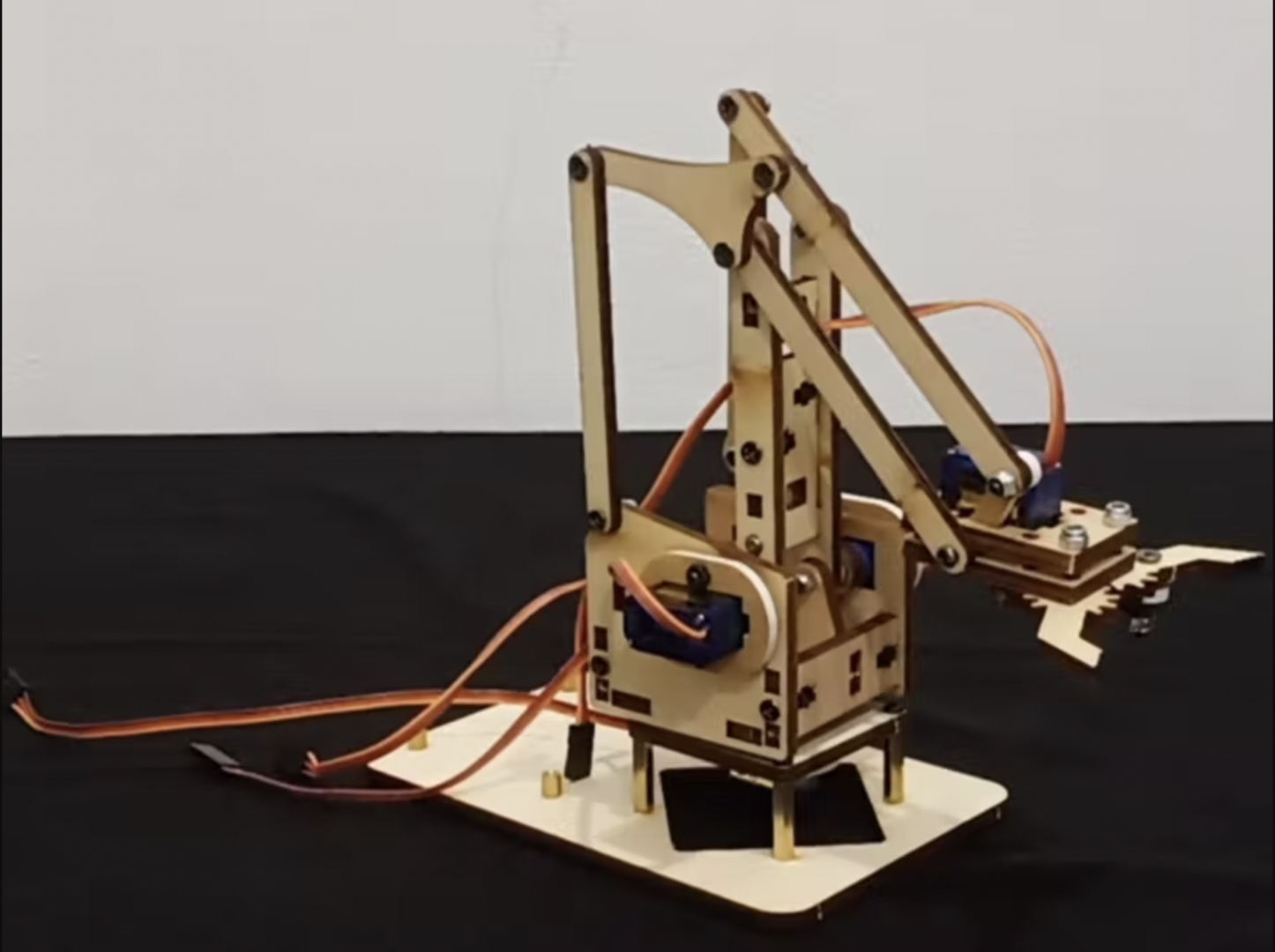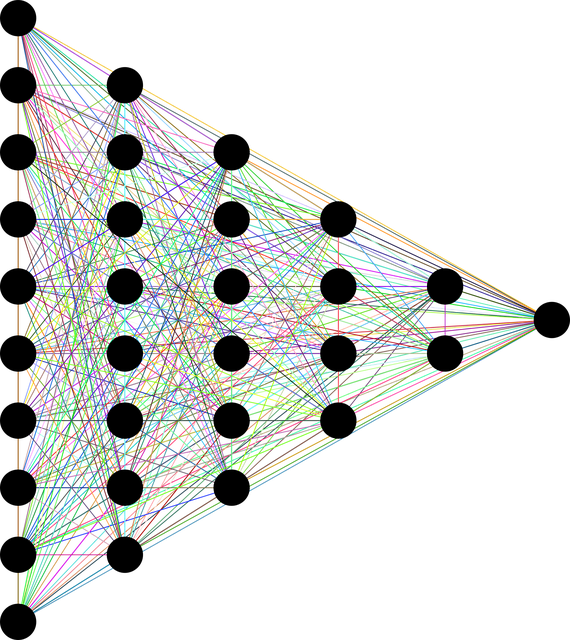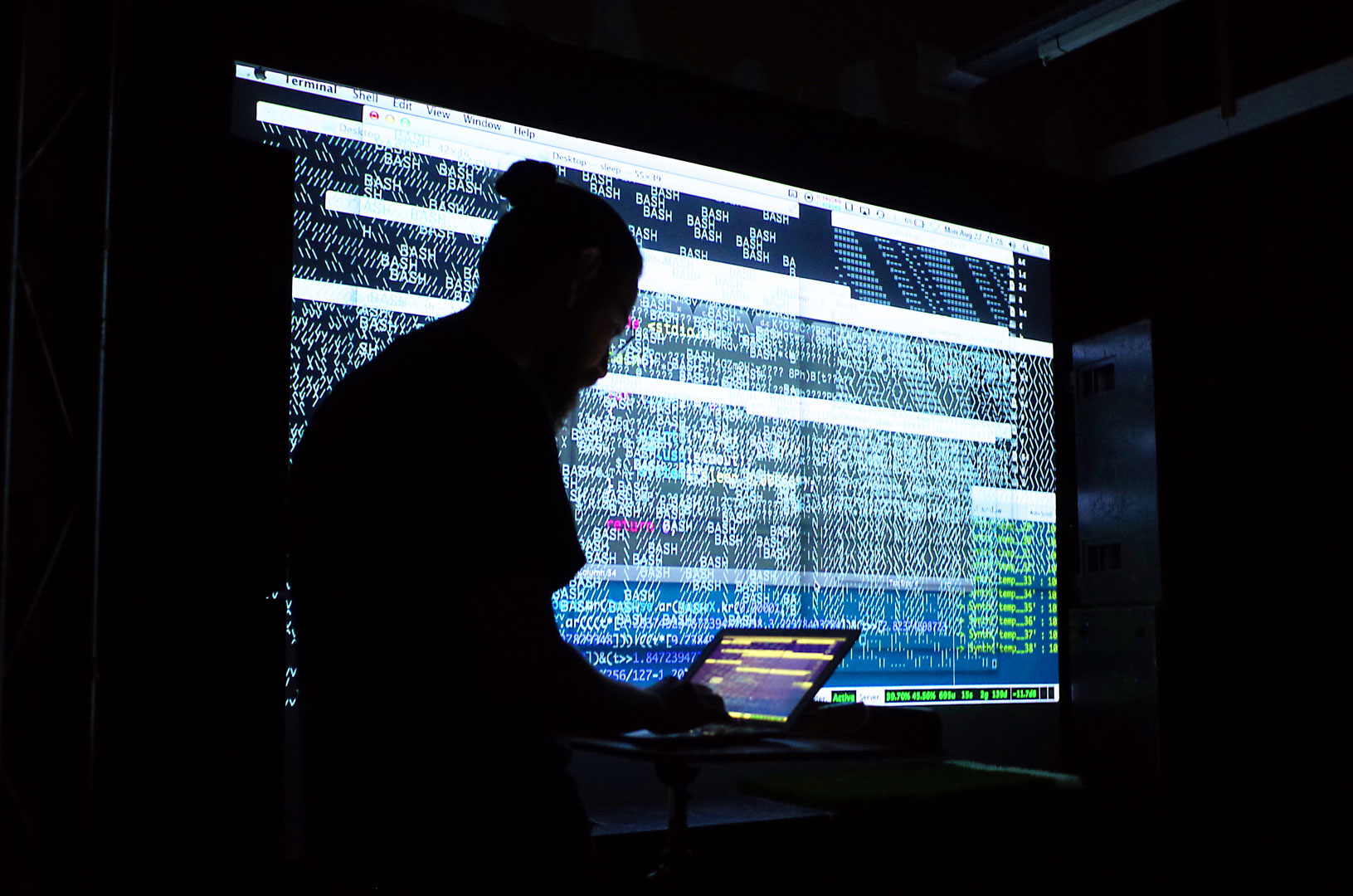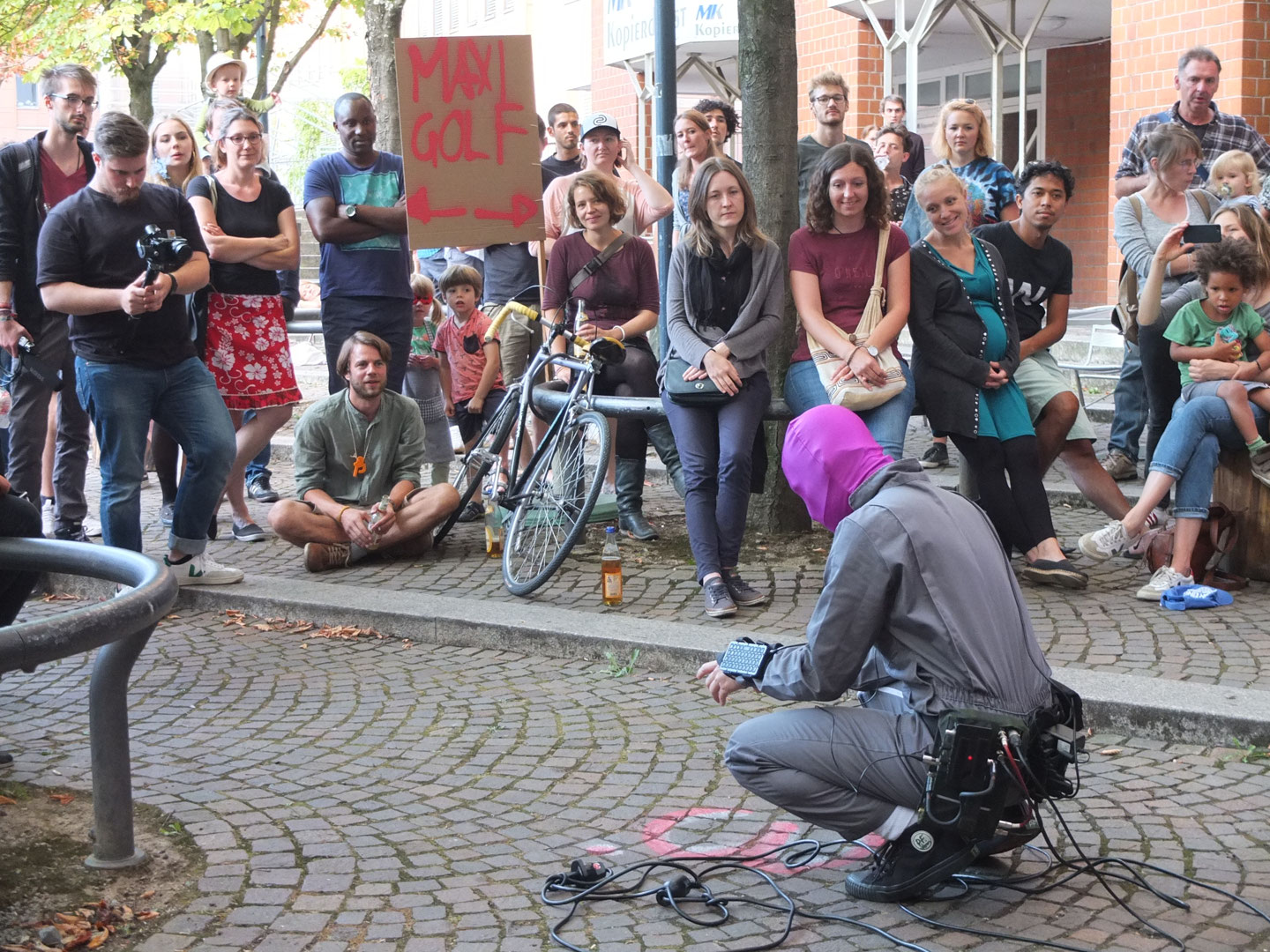
Asimtria / Marco Valdivia, Milagros Paola Saldarriaga
Yupana Simi is an interactive audiovisual work executed through code in a programming language expressed in a syntax inspired by the Quechua, one native language of AbyaYala, which processes sounds from the Andes and contemporary graphics of artisans. The performance is executed by Semilla y Muerte and ###, audiovisual projects of Milagros Saldarriaga and Marco Valdivia, creators from Perú.
Milagros Saldarriaga
A woman of the abya yala, from Lima, who finds in the southern highlands the possibility of expanding her experiences and trying to unlearn the thoughts of cement to breathe the blowing of the apus, drink the water of the clouds, listen to seeds, touch the earth, resent the sun, look at the thunder, as a vital necessity to resist the violence that reigns and in search of harmonizing with life. Just taking off….
Marco Valdivia
He believes in technology and its appropriation as a tool for the development of people, individually and above all common and collective, focuses it on sound and audiovisual practice, and on the communication and exchange of knowledge and experiences on these same topics. From this perspective, he has mediated training spaces, shared talks, and presented concerts and works in different festivals, meetings, cycles and other specialized spaces in Abya Yala and other territories.
Since 2006 he has been developing his work from asimtria.org, an open transdisciplinary platform, focused on researching, carrying out, transferring and sharing various forms of creation based on the use, appropriation and free development of technologies applied to contemporary experimental music, listening and audiovisual, through projects such as Pumpumyachkan, Festival Asimtria, Festival Transpiksel, REUDO – Encuentro de Ruido, and others. He has also collaborated with other organizations and networks in the Latin American region.


